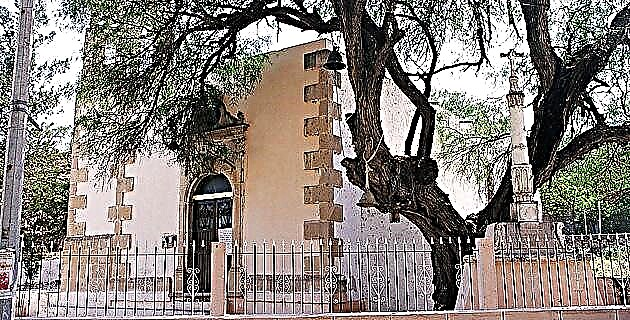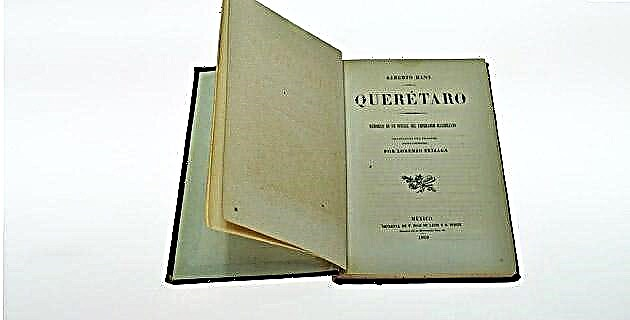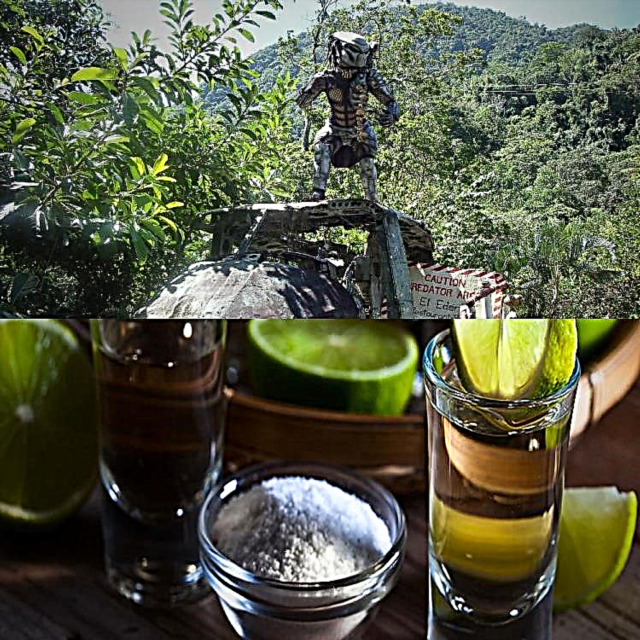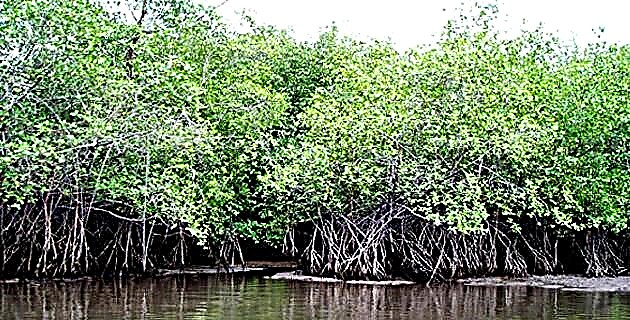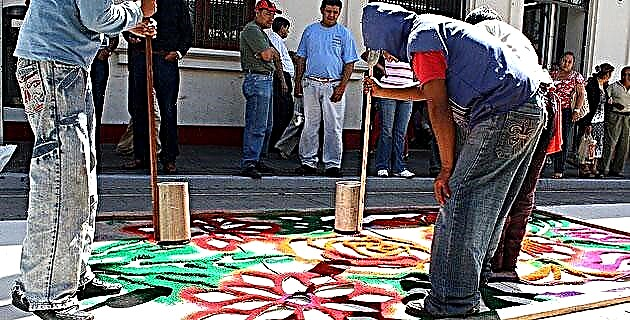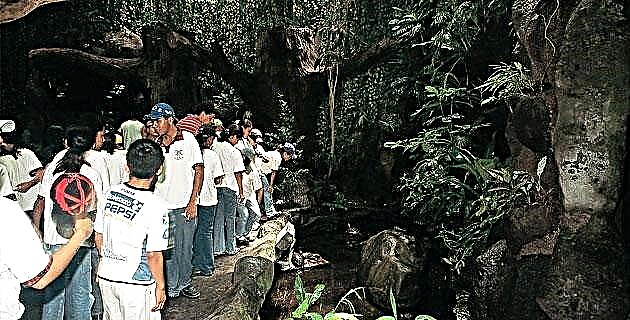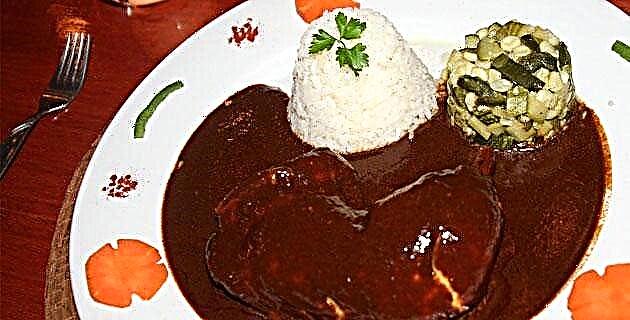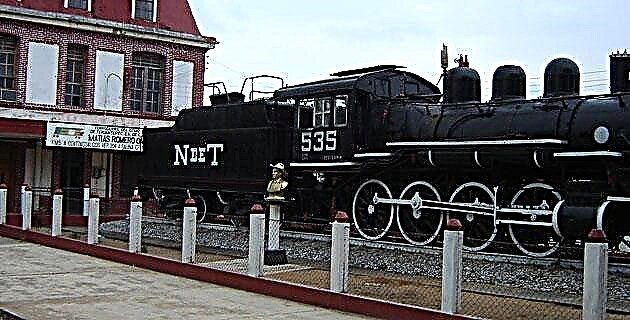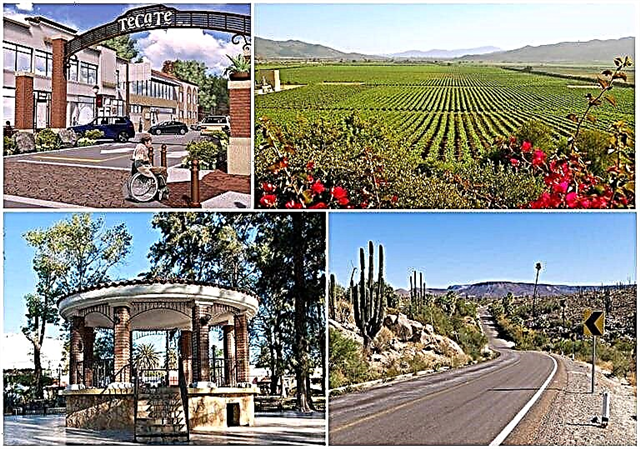In the border region of the state of Baja California with the United States, Tecate preserves the beauty of its vast desert landscapes, the haven of its ranches and its modern traditions, represented by beer and wine. We invite you to know the Magic Town Baja California with this complete guide.
1. Where is Tecate and how did I get there?
Tecate is a Baja California city that is the head of the municipality of the same name, located in the extreme north of the state on the border with the United States, in whose territory there is also a small town called Tecate, belonging to the county of San Diego. Tecate is surrounded by the main Baja California cities; only 49 km. there is Tijuana, the most populated city in the state; The state capital, Mexicali, is 133 km away, while Ensenada is 110 km away. The first level airport closest to Tecate is Tijuana, a city from which the Magic Town can be reached in a 50-minute drive east along Federal Highway 2D.
2. How was Tecate born?
It is not known for sure what is the meaning of "Tecate", although some historians venture to affirm that it could be "cut stone" or "cut tree" The first appearance of the name in a document dates from the XIX century in the records of the San Diego Mission. A decree of President Juárez created the agricultural colony of Tecate in 1861 and the town was officially founded in 1888. The municipality was born in 1954, with Tecate as its head. In 2012, the national government elevated the city to the category of Magical Town to enhance the tourist use of its cultural and natural heritage.
3. What weather awaits me in Tecate?
Tecate has a pleasant climate, registering an average annual temperature of 16.5 ° C. The coldest months, as corresponds to the northern hemisphere, are December, January and February, when the thermometers mark an average between 10 and 11 ° C. In April it begins to warm up and in June it is about 20 ° C, with August being the hottest month, with an average temperature of 24 ° C. The extreme temperatures that can be reached from time to time are close to 33 ° C in summer and 4 ° C in winter. In Tecate, it rains little, barely 368 mm throughout the year and this scarce rainfall is concentrated in the period from November to March.
4. What are the attractions to enjoy in Tecate?
A tour of Tecate must begin with Parque Hidalgo, the nerve center of the city. A good place to capture the spirit of the Baja California Magical Town before starting an exhausting program of walks is the Community Museum. The Wine Route, of which Tecate is its north door, and the famous Brewery that bears the name of the town, are mandatory walks. El Monte Sagrado Cochumá, the community of La Rumorosa with the Campo Alaska Military Barracks and the Wind Farm; and the Archaeological Zone of Vallecitos, complete a package of attractions that include prehistory and history, ancient and modern places of interest, and delicious drinks. In Tecate you cannot stop trying their bread, which has gained international fame.
5. What is Parque Hidalgo like?
Hidalgo Park, located between Benito Juárez and Lázaro Cárdenas Avenues, is the social gathering center and cultural heart of Tecate. Presided over by a beautiful kiosk, it is the preferred place for the locals to sit on their benches to chat, while they observe the visitors browsing the handicraft shops or looking for an umbrella to have a drink or eat something in the nearby restaurants. The park is the scene of mariachi performances, dance events and a meeting point during the main civic commemorations.
6. What can I see in the Tecate Community Museum?
This museum is part of the Tecate Cultural Center (CECUTEC), located on Calle Tláloc 40. It has three delimited spaces, one for the prehistory and history of the Kumai civilization, another for the so-called Epoca de los Ranchos and another for modern Tecate . Tecate was the seat of several haciendas or ranches with its "big house" and its large estates for extensive breeding. Some of these ranches are equipped with spas and have been converted into comfortable rest lodges. The community museum walks through this picturesque time of the Tecatenses ranches and also exhibits some archaeological pieces found in nearby caves, old items used in hunting, ceramics and other objects.
7. What is the interest of the Wine Route?
One thing that may surprise you about Tecate is its splendid vineyards, which are located in the northern part of the Baja California Wine Route. In several of the wine houses installed near Tecate you can enjoy guided walks through the plantations and through the wine-making process, ending with a tasting of the best wines in the area, duly paired with cheeses, cold cuts and other regional delicacies. . The Harvest Festivities, held in September, are an ideal occasion to get to know Tecate and enjoy the day and night events that have wine as the main protagonist.
8. What is the history of the Tecate Brewery?
Tecate became known in the 1940s for the well-known brewery and beer brand of the same name, the first canned in Mexico and a historical symbol of the Cuauhtémoc Moctezuma company. At the Tecate factory located on Boulevard Oscar Bailón Chacón 150 in the Vinitas neighborhood, they offer an interesting guided tour of the manufacturing process, which ends with a tasting in the Beer Garden. In this tasting you have at your disposal the different brands of beer of the company, including, of course, Tecate in its classic and light versions. You can also learn much more about the history of the popular drink at the Beer Museum.
9. Why is Mount Cuchumá sacred?
Cuchumá, an elevation 1,520 meters above sea level, is the sacred mountain of Tecate due to its status as the ceremonial center of the Kumai community, the ancient settlers of northern Baja California. It is located right on the border with the United States and the metal barrier installed by that country cuts off the territory. About a thousand indigenous people remain of the ethnic group, of which about 200 speak the Kumai language and remember the rites with which their ancestors paid devotion to the spirit of the sacred mountain. On the hill some gallery forests still survive, formed mainly by sycamore and alder oaks, while its ravines are a refuge for various species of fauna.
10. What can I do in La Rumorosa?
La Rumorosa is a town located at the highest point on the route between Mexicali and Tecate, whose name comes from the sound produced by the wind hitting the rocky walls. The name was given by Second Lieutenant Jorge Zehtus, a government commissioner who was in charge of laying the first telegraphic line that passed through the place. The La Rumorosa mountain range has spectacular views of the desert landscapes with their rock formations of whimsical shapes sculpted by the forces of nature. La Rumorosa is an excellent place for mountain biking, camping, and enjoying other outdoor entertainments such as zip-lining and climbing.
11. When was the Campo Alaska Military Barracks lifted?
This austere and robust building located in the town of La Rumorosa was built by the government of the state of Baja California in the 1920s to install the federal troop and its staff. Later the building was turned into a madhouse, being colloquially called the House of the Fools. In 2004, the National Institute of Anthropology and History, the Baja California Institute of Culture and other cultural organizations rescued the Campo Alaska Barracks, and turned it into a regional history museum with a permanent exhibition, also hosting traveling exhibitions.
12. What is the La Rumorosa Wind Farm like?
The constant winds that bothered Second Lieutenant Zehtus so much when he was installing the telegraph line, are now being used to generate electricity through an environmentally friendly process. The wind farm generated its first kilowatt on January 13, 2010 and has 5 wind turbines whose metallic shapes stand out against the elevations of the desert landscape. It has a generation capacity of 10 megawatts, which would be enough to supply some 3,000 families, although the electrical energy is used for public lighting.
13. What is of interest in the Archaeological Zone of Vallecitos?
Vallecitos is an archaeological site located near La Rumorosa, being the only prehistoric site open to the public in the Mexican state of Baja California. Its attraction is the groups of cave paintings made by ancient members of the Kumai culture, which show geometric, human and animal figures. One of the most interesting images is The Observer of the Sun, also called El Diablito. Every December 21 or 22, the day of the winter solstice in the northern hemisphere, the sun's rays enter through the cavity and illuminate the eyes of the anthropomorphic figure.
14. How did the well-known Pan de Tecate originate?
Tecate is famous for its breads, salty, sweet and in their different combinations. The tradition is relatively recent, having barely started in the late 1960s. It all started in 1969, when a family group founded a small bakery with which they only aspired to earn a modest living. Currently, El Mejor Pan de Tecate has its original headquarters and several branches in Tecate, where they make bread in a variety that includes 180 different pieces, in artisanal brick ovens. In 2007, the prestigious magazine National Geographic ranked El Mejor Pan de Tecate among the top 4 must-see places in the city.
15. What is the local culinary art like?
Apart from bread, whose unmatched texture is said to be due to the action of minerals contained in the water, Tecate is also known for its craft beers. Similar to the case of bread, the quality of the beer is attributed to the action of the water on the yeast used in the preparation of the drink. In 2016, the First Artisan Beer Festival was held in Tecate, with the participation of the best sparkling Baja Californians. In several old ranches in Tecate, excellent honey and superior quality cheeses are produced, ideal to accompany the wines of the peninsula. Of course, the proximity of the sea makes the fresh fruits of the ocean the protagonists of Tecatense gastronomy.
16. What are the main crafts from Tecate?
Tecate has an extraordinary artisan tradition in clay work, molding both decorative pieces and for practical use in the kitchen and at home. The products are mainly destined for the nearby American market, but on your visit to Tecate you can appreciate and buy a genuine souvenir of your visit to the city at the Cerro Azul Artisan Bazaar or at the entrance of the Wine Route. Another beautiful artisan tradition that has settled in Tecate is that of blown glass, which came from the hands of Jalisco and Oaxacan blowers.
17. What are the most important festivals in Tecate?
The Tecate Magic Fair held its 53rd edition in 2016. Traditionally it takes place during the first week of August, with the Adolfo López Mateos park as the main stage. The event has a commercial, livestock and industrial exhibition; gastronomic shows, concerts, palenques and a large theatrical program. The main Tecatense festival is the Guadalupana Summer Pilgrimage, a celebration that takes place during two days in July and is organized by the parish of Our Lady of Guadalupe since 1954. During the pilgrimage the parish spaces and the surrounding avenues become a sea of people. Every October 12 the anniversary of the city is celebrated with a great popular party in the Benito Juárez park.
18. What are the main hotels and restaurants in Tecate?
In Tecate and its surroundings there is a set of cozy lodgings installed in the old rebuilt or built ranches keeping the architectural harmony of traditional lines. Most of these accommodations have a spa, temazcales, ecological entertainment and other facilities to spend a season of rest with all the comforts and recover the body from the ravages caused by life in the big cities. Among these accommodations are Rancho La Puerta Spa, Estancia Inn Hotel, Motel La Hacienda and Rancho Tecate Resort.
To eat, the best options in Tecate are Amores, a restaurant specialized in soups and contemporary cuisine; El Lugar de Nos, a Mexican and international food place; and Polokotlan Sabores Autóctonos, with a menu of typical Mexican dishes. At El Mejor Pan de Tecate you can taste its famous breads or a dessert accompanied by a hot or cold drink; and in Vinoteca you will enjoy excellent wines and exquisite food.
19. What if I fancy a night of clubs and bars?
A city so marked by what are perhaps the two most important alcoholic beverages in the history of mankind, wine and beer, is well worth a night of drinks. Take your jacket because it is colder at night and ask at your hotel which are the best and safest places. In almost all of them you will find the wide variety of industrial and craft beers produced in the city, which you can enjoy with their maximum freshness, as well as the wines that have made the Baja California peninsula famous. Salud!
Ready to leave for Tecate to enjoy its beers, wines, and attractions? We wish you a happy stay in the Baja California Magical Town. If you want to comment on this guide, write us a short note and we will gladly consider it.

